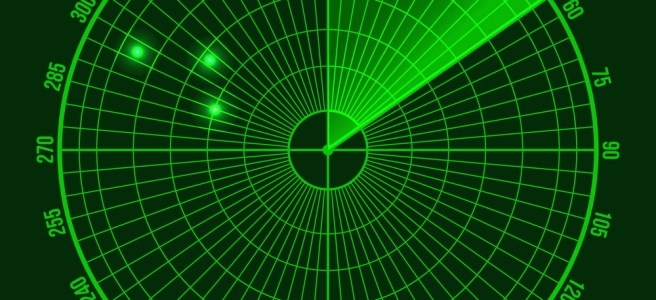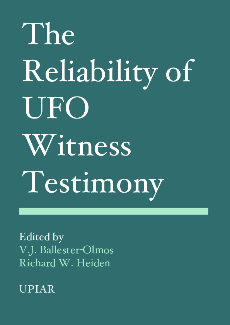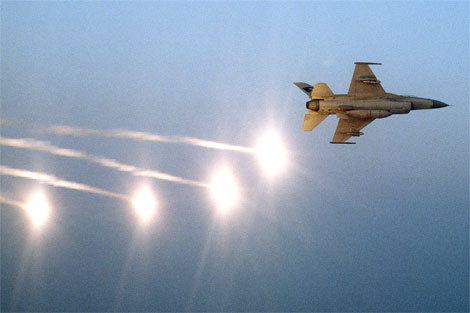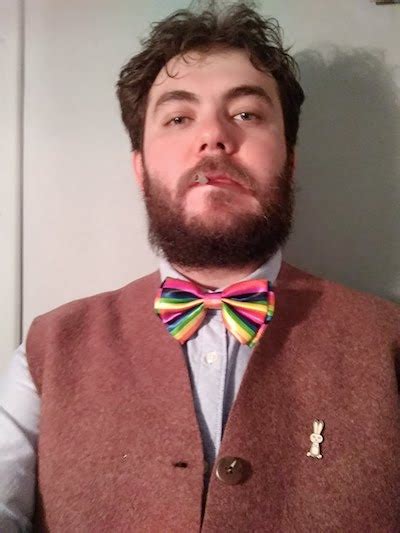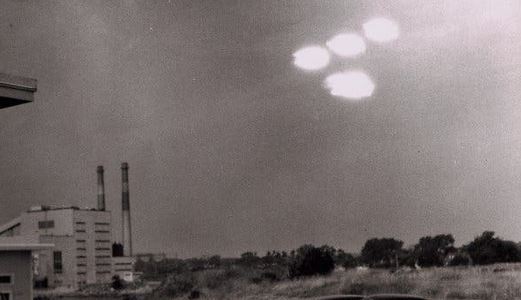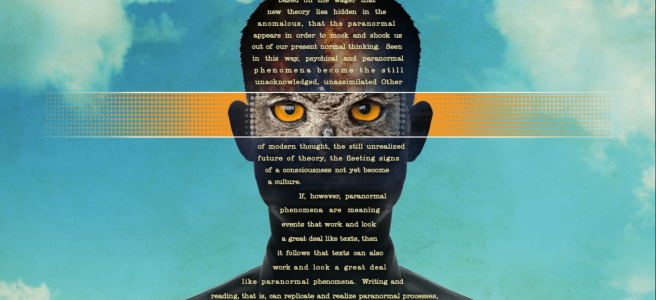A number of stories in the past week or so registered a blip on our radar…
Uninteresting were those related to the Grusch affair. What’s remarkable, however, in the U.S. government’s interest in the implications of Grusch’s shopworn fantasies is how quickly elected officials who long resisted the evidence for anthropogenic global warming so quickly swallowed whole hog stories of crashed, recovered, and back-engineered UFOs and their pilots…
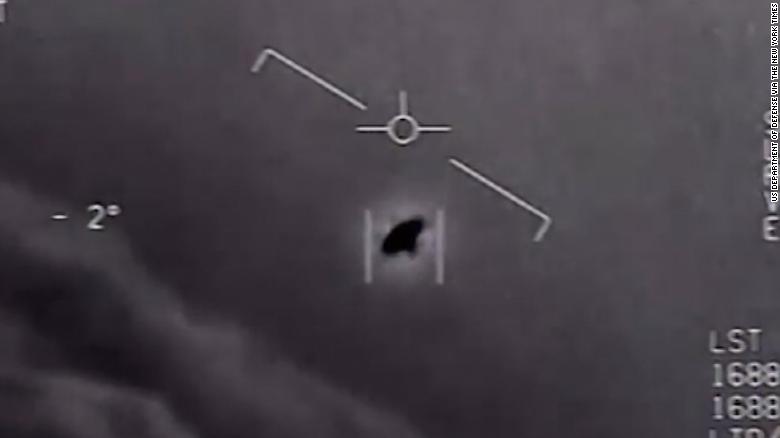
James Carrion is no more impressed than we here at the Skunkworks, writing that
Today, the whole world seems to be playing UAP limbo, where with every new revelation of crashed UAPs, reverse engineered craft, off-world objects, SAPs hiding from Congressional oversight, leaked UAP videos and other wild and unsubstantiated claims streaming out of every allegedly hyper-top-secret orifice – the evidence bar is lowered incrementally.
He goes on to mock in detail the frothy crest of this latest surge of interest in UFOs/UAP. Carrion’s canniest observation comes near the end of his blog post, “Welcome to the modern world, where the spectacle has become more important than the truth….” Here, he echoes, however consciously, the theses of Guy Debord’s The Society of the Spectacle and Jean Baudrillard’s forays into Hyperreality, topics addressed here, if in a more focussed manner…
Nigel Watson had done us all a great service by reviewing the recently published, interdisciplinary volume The Reliability of UFO Witness Testimony. Watson’s two-part review can be read here and here; the review includes a link to the free download of the the book.
For the most part, Ballester-Olmos’ and Heiden’s book falls outside the purview of our concerns here, focussed, as it is, on the question of the veracity (factual truth) of what witnesses recount. On reviewing the book’s voluminous contents, it is imaginable one more article could have been squeezed in as a “dangerous supplement” that would have unmasked the ideological function of technoscience at work in perceiving UAP as “technologically-advanced” alien spaceships, but that, I wager, would be a hard sell…
Luke Harrington offers a pointed critique of recent U.S. government interest in UAP, bringing much of the post-2017 hoopla down to earth in the process.
His thoroughgoing article “Cutting the Chaff: Overlooked Lessons of Military UAP Sightings for Joint Force and Interagency Coordination” observes how a lack of such coordination has led to misidentifications and the deaths of military personnel (e.g., Thomas Mantell’s chasing a Sky Hook balloon) and, consequently, how the recent response of various U.S. government and military agencies to UAP, “their uncritical securitization” of the issue, only aggravates this problem (not to mention that “Responding to the recent public and political frenzy over UFOs as if they were hostile incursions into American airspace elevates such objects to the public security agenda alongside a number of more important issues like terrorism, climate change, and the coronavirus pandemic”). This securitization “distracts from the importance of communication and coordination in joint force or interagency operating environments,” wastes “the military’s time and the taxpayer’s money by disrupting normal military operations,” “could lead to a further deterioration in Sino- or Russo-American relations or, in a worst-case scenario, even a new arms race,” and “undermines the military’s goal of creating a critically thinking force.”
To make his case (and it’s here that Harrington’s approach dovetails into that of those authors collected by Ballester-Olmos and Heiden), he examines the famous 2004 Nimitz Incident as an example of misidentification precipitated by the lack of interagency coordination he has his sights on in his article. Interested or curious readers are encouraged to read his analysis, which, in the end, implies that “a more logical explanation of the event [than, e.g., alien incursion] points to a complex confluence of unrelated, comprehensible, known causal factors, including a recently upgraded Aegis radar system and an inability to filter out naturally occurring phenomena like ice or meteors.”
Aside from other consequences of the UAP fascination in the military and government, Harrington fingers two that we have remarked here. First, by allocating “taxpayer money to superfluous UAP research programs
unscrupulous defense contractors could seize the opportunity to pilfer the national security budget. One American defense contractor that capitalized on a similar funding opportunity to study UFOs and wormholes used their $22 million contract to produce a 2009 report full of amateurish drawings, including one depicting Albert Einstein using a wormhole to meet the dinosaurs.
More “culturally”, the gullibility displayed by America’s military and elected representatives in this regard might serve “to materially undermine the American military much in the way the Nazi preoccupation with the occult served to undermine the German military-industrial complex at the end of World War II,” leading, possibly, to “a further infiltration of pseudoscience and conspiracy theory into the halls of American government, [which] poses personnel problems related to the use and potential abuse of security clearances.” Harrington’s insight here is one ufologists have remarked, most notably Jacques Vallée in his Revelations….

Daniel Uvanovic essays a provocative answer to the Fermi Paradox in his Big Think article “How the pursuit of pleasure could doom all intelligent life to a blissful extinction”. Uvanovic observes that “[d]espite biological links between procreation and emotional rewards, humans have devised ingenious methods to separate them,” for example, contraceptives, pets, and “virtual romantic relationships” (think of the film Her).
He goes on, first, to imagine an “Emode technology,” “that gives the user unparalleled control over their emotions. With an Emode, you can (1) experience the entire spectrum of human emotions; and (2) choose how you feel at any moment, irrespective of the circumstances you are in.” He then uses this thought experiment to illuminate existing forms of his imaginary technology, “any tool, method, or mechanism that a person uses to alter their emotional state. In contrast to the Emode ideal, a typical emode would operate within a limited spectrum of emotional states and possess a limited degree of effectiveness in eliciting said states,” such as television or sex toys, “everything from cocktails and pop songs to meditation and prayer.” He provisionally concludes at this point that “[o]ur emotions and our intellect, the two pillars of our humanity, ensure that emode technology is constantly evolving [my emphasis], and it seems likely that we can expect an abundance of increasingly potent emodes in the years ahead.”
He connects these hedonic possibilities possessed by populations in the so-called developed world (Europe, the Americas, and Asia) to these populations’ declining birthrates and proposes that once such development reaches global levels, “[a]s people continue to find fulfillment in non-reproductive pursuits, the choice to have children becomes less emotionally compelling,” and asks, “Is it possible that this dynamic could ultimately drive our species to extinction, an unintended consequence of our pursuit of happiness?”
From this point, the vector of his speculation is fairly clear. He presumes that “evolution by natural selection ultimately produces only sentient intelligence. This assumption stipulates that sentience, characterized by the capacity to experience positive and negative emotions, is a necessary aspect of any intelligence that possesses agency and can innovate technology.”
With these assumptions in place, we can trace the evolutionary arc of intelligent life: (1) a long period of evolution by natural selection, a process fueled by random mutations, repeated over countless reproductive cycles until a sentient species emerges with sufficient intelligence to develop technology; (2) a brief technological phase, during which the species advances its technology in pursuit of improved quality of life, diminishing its reproductive drive in the process; and (3) eventual extinction, typically through a gradual decline in population — a blissful fade-out.
However interesting Uvanovic’s ideas about “emode technology” and declining birth rates, readers even remotely acquainted with the line of thinking here at the Skunkworks will recognize the weaknesses of his speculation. Among many problematic assumptions, he conflates “intelligence” with the “thinking” (instrumental reason) characteristic of a tiny minority of one species on earth. Moreover, he fails to distinguish between the natural if aleatoric process of evolution and far more contingent, social story of the concrete appearance of the present First World order, fudging exactly why or how the evolution of “sufficient” intelligence leads an organism to develop technology. Indeed, Uvanovic’s unconscious conflation of the natural and social is evidenced by his writing about how “emode technology is constantly evolving”, noted above; that a metaphorical (?) use of the expression appears unremarked is precisely an index of this repressed identification of natural and cultural history in his thinking.
More tellingly, his first reducing “intelligence” to that of, e.g., an AI developer, leads to an irony in his conclusion: “It is intriguing to think of intelligent life — unlike plants and microbes — as an evolutionary dead end.” Once we surrender the anthropocentric hubris that equates “intelligence” with human instrumental reason, “intelligence” appears in most organisms on earth, including all those our intelligent, technological societies are driving into extinction, those “[animals,] plants, and microbes,” perhaps as a foretaste of our own self-destruction…
Finally, Mike Cifone in his report from the last Archives of the Impossible conference, remarks a “flash talk” by Georgy Mamedov he unfortunately missed, “Dialectical Notes on the Human: Marxism as the Impossible, and the Impossible Through a Marxist Lens”. When I read the title, my interest, too, was piqued.
However, instead of presenting the “analytical argument” he had originally intended to, Mamedov delivered a more elusive, at times ironic, autobiographical talk, a paratactic narrative that wove personal experiences, love letters, and quotations into what critic Roland Barthes would have termed a “text”, something the reader needs play around with and labour to make sense of on their own. There is the suggestion of a red thread that appears and disappears of the dialectic of love and hate; “the impossible” orbited by his talk might imaginably be that of the possible love of the hateful, which brings to this reader’s mind, anyway, French philosopher Alain Badiou’s observation that “love is the minimal form of communism”…
We look forward to his presenting that analytical argument.

